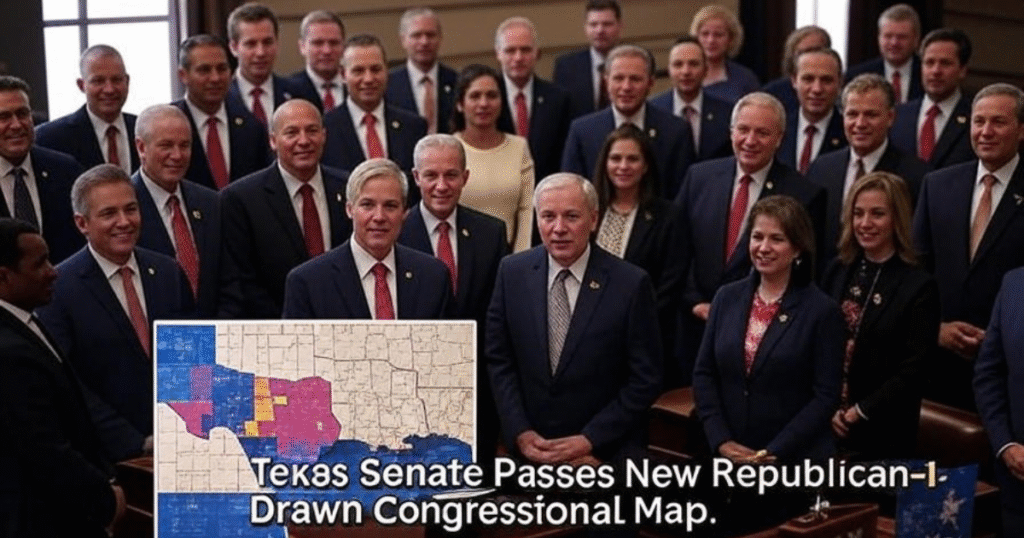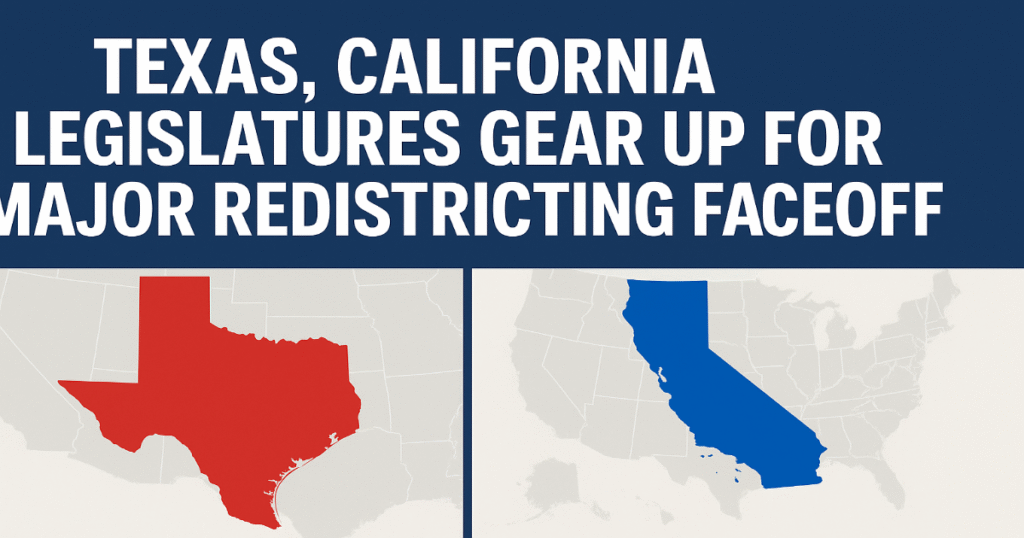
Austin, Texas – August 23, 2025 – Picture this: it’s late at night in the Texas Senate, tensions are high, and after a fiery debate, the chamber voted 19-2 to pass a brand-new congressional map drawn up by Republicans. This happened yesterday, Friday, August 22, and now it’s headed to Governor Greg Abbott’s desk for a signature he’s already promised. But hold on—this isn’t just any map change. It’s sparking outrage, walkouts, and even hints of a legal showdown that could shake up the nation’s political landscape!
A Bold Move to Boost Republican Power
This new map redraws all 38 of Texas’ congressional districts, and Republicans are hoping it’ll give them a bigger edge. They’re aiming to add five more seats to their current 25, potentially pushing their control to 30 out of 38. It’s a mid-decade shake-up—pretty rare—and some say it’s because former President Donald Trump pushed for it. Critics, including Democrats and voting rights folks, are crying foul, calling it gerrymandering that could silence minority voices.
The map zeroes in on Democratic strongholds like Houston, Austin, Dallas, and South Texas, tweaking the lines to favor GOP candidates. Take Houston’s District 9, where Rep. Al Green has held strong—now it might swing Republican with the addition of conservative Liberty County. In Austin, Rep. Greg Casar’s District 35 could get shoved out, possibly pitting him against Rep. Lloyd Doggett in a messy primary. Even South Texas reps Henry Cuellar and Vicente Gonzalez might face tougher fights. Republicans, led by Rep. Todd Hunter from Corpus Christi, admit it: “We want to win more seats,” he said, leaning on a 2019 Supreme Court ruling that greenlights partisan redistricting. Analysts say this map could’ve handed Trump 30 districts by double-digit margins in 2024—up from 27 now.
Democrats Fight Back with Walkouts and Passion
This hasn’t gone down easy. For weeks, Texas Democrats have been battling hard. In the House, dozens of them fled the state in early August to block a quorum, stalling the process for two weeks. It was a bold move to shine a light on what they call a “corrupt” and “racially unfair” plan. They came back on August 18, and the House passed it 88-52 along party lines on August 20. In the Senate, nine of 11 Democrats walked out on August 12 in protest, but two—Judith Zaffirini and Juan “Chuy” Hinojosa—stayed, letting Republicans push through the vote.
The Senate Democrats are heartbroken. “This isn’t about fair representation—it’s politicians choosing their voters,” their caucus declared. Rep. Gene Wu, leading the House Democrats, called it a “Trump power grab” and promised a court fight. “This is just the beginning,” he said after the House vote. With Black and Hispanic communities driving Texas’ population growth, Democrats argue the map dilutes their voting power, possibly breaking the Voting Rights Act.
A Nationwide Ripple Effect
This Texas move has kicked off a redistricting war. California’s Governor Gavin Newsom fired back on X with “It’s on, Texas,” hinting at a map to flip five Republican seats. But California’s independent commission and a November vote could slow that down. Nationally, leaders like House Minority Leader Hakeem Jeffries visited Austin to rally support, and former President Barack Obama’s planning a fundraiser to push back. Some Democrats even suspect White House meddling, pointing to a letter from Assistant Attorney General Harmeet Dhillon claiming the old map was gerrymandered—maybe just an excuse for this new push.
The Heart of the Controversy
Civil rights groups are worried this map could drown out minority voices. Republicans say it adds one majority-Hispanic and two majority-Black districts, but critics say those barely hit 50% and won’t truly represent those communities. Rep. Marc Veasey, whose Fort Worth district is at risk, shared how his seat was court-drawn to protect diversity—and now it’s on the chopping block.
The process itself feels messy. In the House, Speaker Dustin Burrows locked doors and made Democrats sign “permission slips” for police escorts, while some, like Rep. Nicole Collier, held a “sleepover for democracy” in protest. Governor Abbott and Attorney General Ken Paxton even threatened fines and arrests, adding fuel to the fire.
What Happens Next?
With Governor Abbott set to sign, legal battles loom large. Democrats and advocates plan to challenge it, arguing it violates the Voting Rights Act and the Constitution—Texas has lost similar fights before. If it sticks, this could tilt the 2026 midterms, where Democrats need just three seats to reclaim the House. Analysts like Dave Wasserman predict a 30-8 Republican edge in Texas, a game-changer for Congress.
As Texas wraps this chapter, the courts and other states are next. This could redefine who holds power in Washington—and test just how far political lines can bend.
Also Read: FBI Raids John Bolton’s Home in Early Morning Operation
Visit: Maxima Sale

Hey I am Srimanta Pradhan brings 10 years of experience to News Broadcast and Marketing, specializing in effective communication.A specialized content writer with a decade of expertise crafting compelling narratives for News Broadcast and Marketing. Transforms complex information into engaging, impactful content.




















